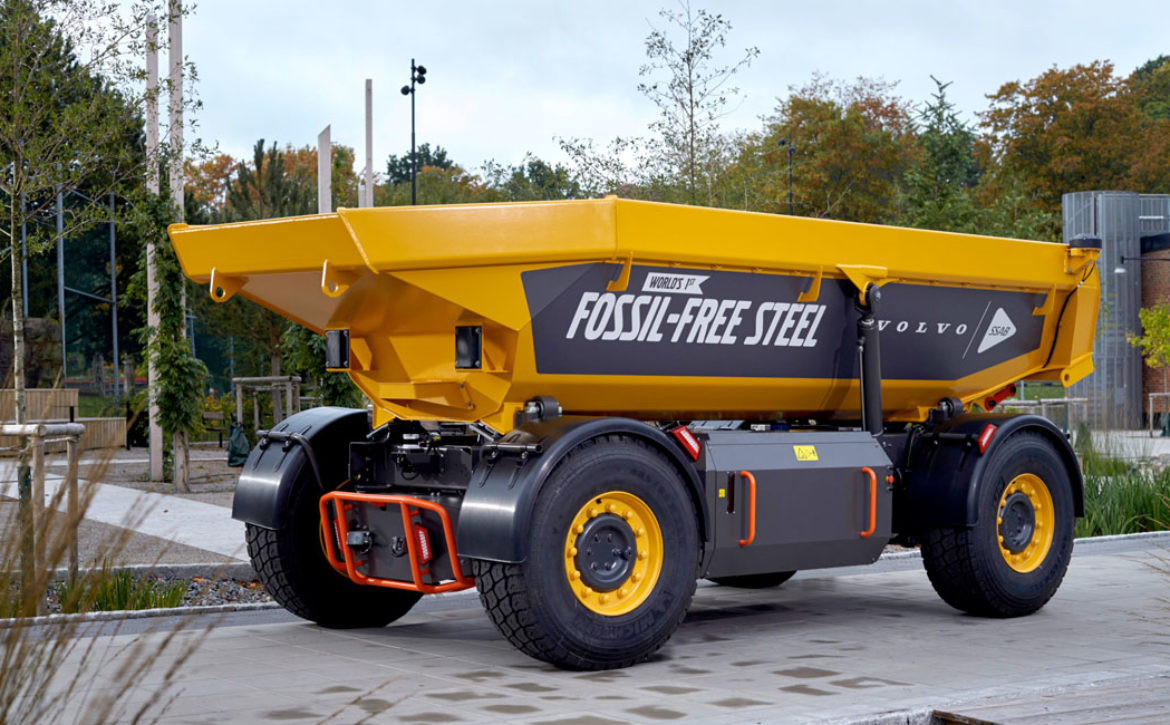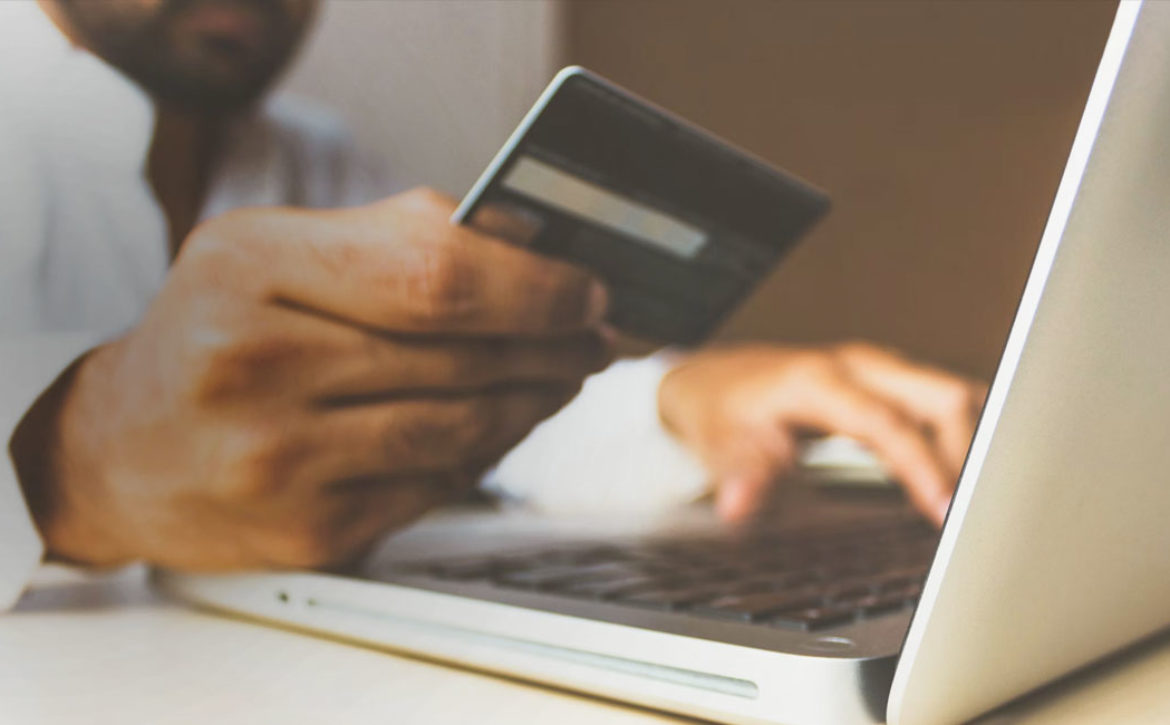Fossil-Free Steel: The New Era of vehicles that could cut global CO2 emissions by 7%
Globally, transportation is fingered as a major climate polluter with between 15-20% of total yearly emissions. Consequently, the sector has received significant attention in green research leading to breakthroughs in alternative fuels like hydrogen and the advance of electric vehicles.
Yet, the steelmaking process requires considerable energy and is notoriously dirty, making the industry a major climate concern. Thankfully, a Sweden-based consortium has made significant advances in cleaning up steel production by pioneering fossil-free steel. What is fossil-free steel and what kind of impact could it have on the climate march? Here are my thoughts.

What is fossil-free steel?
Fossil-free steel is created with sustainable practices that do not rely on fossil-fuel energy and which avoid the dirty byproducts of traditional steelmaking.
Traditionally, steel is made from iron ore which is converted into iron pellets that constitute the key ingredient in steel production. Under the process, iron ore is converted into iron by removing the oxygen in the ore. The procedure relies on a blast furnace powered by coke and coal.
However, the process is energy-intensive and the “coking coal” burnt during the conversion releases vast amounts of carbon into the atmosphere.
In contrast, fossil-free steel uses a procedure dubbed HYBRIT – Hydrogen Breakthrough Ironmaking Technology – to convert iron ore into sponge iron using green hydrogen rather than coking coal. The conversion process relies on sustainably-powered electric arc furnaces which remove oxygen from iron ore using electrolysis with water as a byproduct.
The procedure was created by a joint venture between mining company LKAB, steelmaker SSAB, and energy company Vattenfall.
Potential impact on global emissions
Considering that steelmaking contributes 7% of global yearly emissions, I believe there’s great potential for fossil-free steel. Research from the Carbon Brief, cited by Forbes, puts that number at 9% of global emissions from 553 conventional steel plants, meaning fossil-free steel could make a serious dent in total transport pollution.
LKAB President and CEO Jan Moström notes that fossil-free steel “is a crucial milestone and an important step towards creating a completely fossil-free value chain from mine to finished steel.”
Currently, there’s evidence that fossil-free steel is comparable to traditionally-made types in all respects, including strength and durability. SSAB delivered the first shipment of the green steel to Swedish automotive company Volvo which has in turn unveiled the world’s first fossil-free steel vehicle – a mining load carrier.
Considering that the International Energy Association forecasts global steel production to grow by 33% by 2050, this new innovation may be significant in the race to net-zero.
However, as I see it, there are still a few rough spots to work out. SSAB says their steel won’t be ready for industrial-scale use until 2026 at the earliest. In addition, price will be a significant concern as fossil-free steel production costs an estimated 30% more than conventional steelmaking. Even though fossil-free steel is more energy-efficient, needing 41% less energy than traditional steel, the technology will need to become cheaper before mainstream adoption.
Nevertheless, fossil-free steel is a welcome development in both the transport and steelmaking industries.



